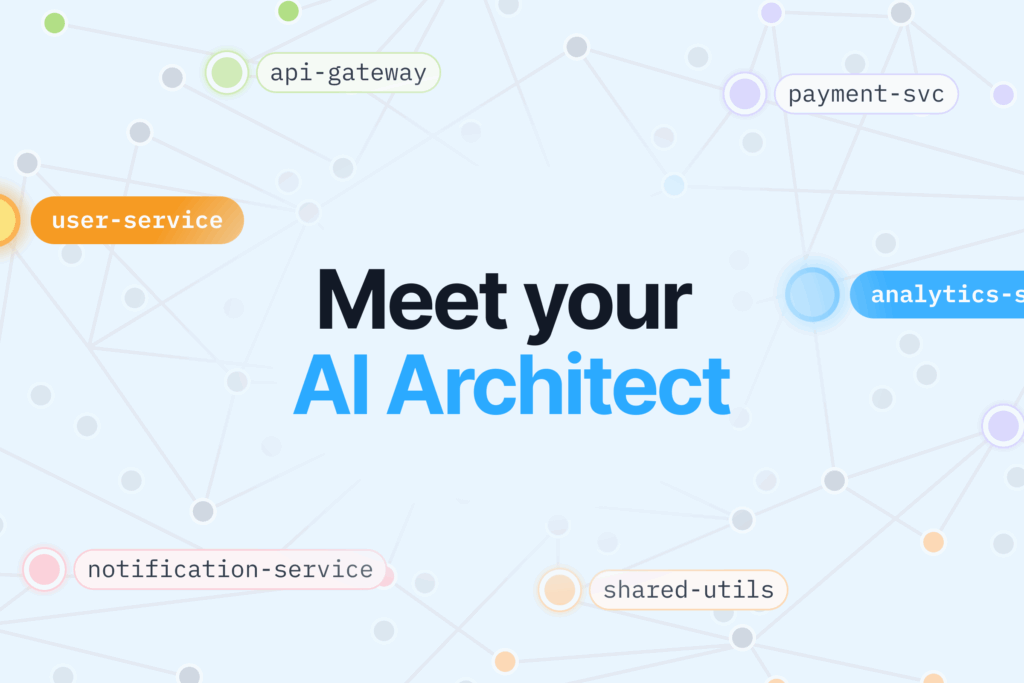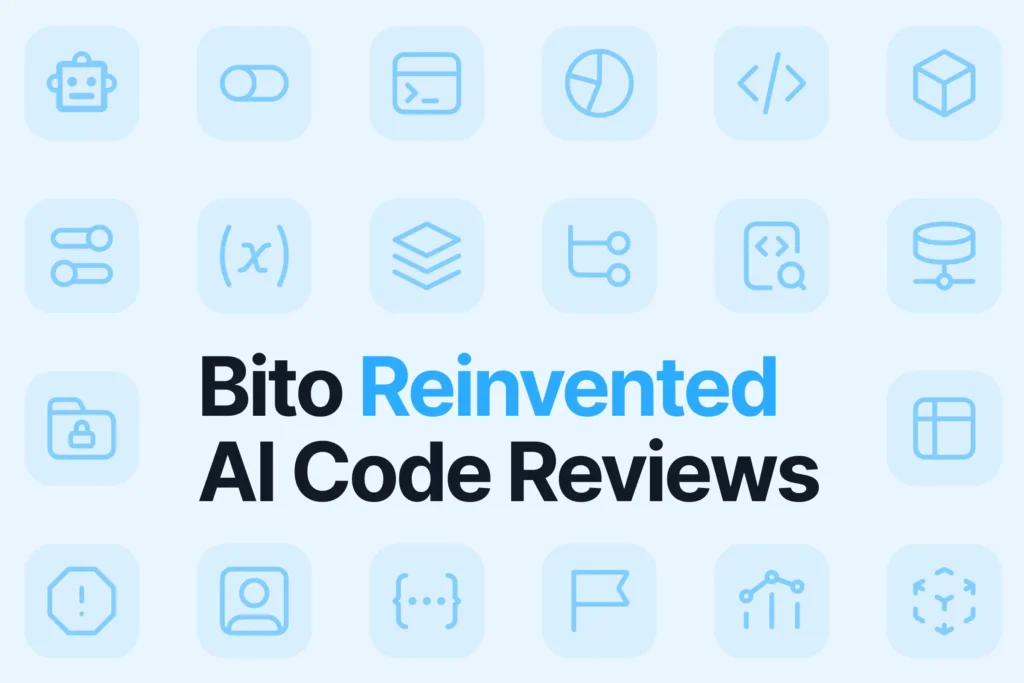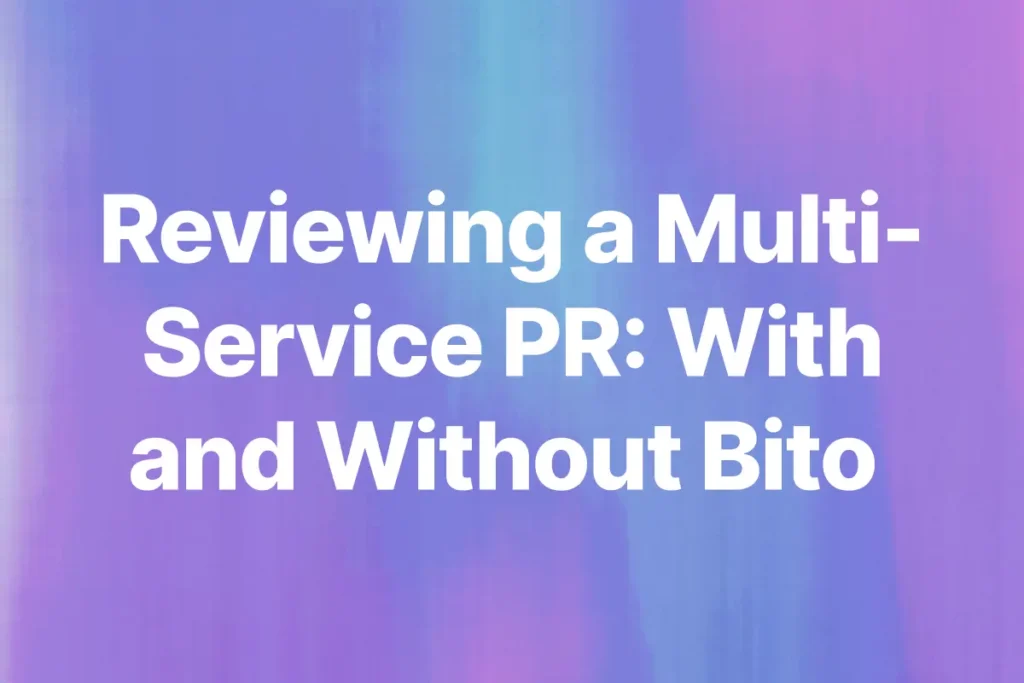In today’s digital age, data is the backbone of any successful organization. From customer information to sales records, companies rely heavily on databases to store, organize, and manage their valuable data. However, building an efficient and effective database is not a simple task. Choosing the right database structure is crucial for the success of any business. With so many options available, it can be overwhelming to determine the best way to structure your database.
In this article, we will explore the various types of database structures and provide insights on how to choose the optimal one for your specific needs. Whether you are just starting out or looking to optimize your existing database, this article will help you make informed decisions about how to structure your data for maximum efficiency and productivity.
Why is database structure important?
Database structure is important for a number of reasons. A well-designed database improves the performance, stability, and scalability of your data store. The structure of a database also has a major influence on query speed and accuracy, which can lead to improved profitability. Finally, database structure impacts the security of the stored data by controlling access and preventing unauthorized users from accessing the database.
In addition, a well-structured database can help to reduce the amount of redundant data stored, which can help to reduce storage costs. It can also help to ensure data integrity by ensuring that data is stored in a consistent format. Finally, a well-structured database can help to improve the accuracy of reporting and analysis, as it allows for more efficient data retrieval.
Some Types of Database
1. Relational Database Structure
Relational databases are the most popular and widely used database structure. They are highly structured and store data in tables, where each row represents a record, and each column represents a specific attribute of that record. Relational databases are ideal for managing large sets of data with complex relationships, making them perfect for businesses that deal with a lot of data. Some popular relational database management systems include MySQL, Oracle, and Microsoft SQL Server.
Advantages of Relational Databases:
- Strong data integrity
- Ease of use
- Efficient handling of complex queries
- Standardized way of storing data
- Robust security features
Disadvantages of Relational Databases:
- Not as flexible as other database structures
- Difficult to scale
- Slow for large datasets, requiring expensive hardware upgrades
Use Cases for Relational Databases:
- Transaction processing applications, such as e-commerce websites, financial institutions, and human resource management systems
2. NoSQL Database Structure
NoSQL databases are relatively new and emerged in response to the limitations of relational databases. They are designed to handle large, unstructured data sets, making them ideal for big data applications. Instead of tables, NoSQL databases store data in collections or documents. Some popular NoSQL databases include MongoDB, Cassandra, and Couchbase.
Advantages of NoSQL Databases:
- High scalability
- Flexibility
- Fast performance for large datasets
- Ideal for handling large volumes of unstructured data
Disadvantages of NoSQL Databases:
- Lack strong data integrity and standardized structure of relational databases
- More difficult to learn and use
- Offer limited support for complex queries
Use Cases for NoSQL Databases:
- Fast and efficient handling of large volumes of unstructured data, such as social media platforms, real-time analytics, and IoT applications
3. Object-Oriented Database Structure
Object-oriented databases are designed to handle complex, interconnected data. They store data in objects, which are collections of data and the methods that operate on that data. Object-oriented databases are highly flexible and efficient, making them ideal for object-oriented programming languages such as Java and Python. Some popular object-oriented databases include db4o, Zope, and GemStone.
Advantages of Object-Oriented Databases:
- High flexibility and efficiency for object-oriented programming languages
- Improved performance for complex data
- Ability to handle non-tabular data
Disadvantages of Object-Oriented Databases:
- More difficult to learn and use
- Offer limited support for non-object data
- Not widely supported by database management systems
Use Cases for Object-Oriented Databases:
- Handling of complex, interconnected data, such as engineering and scientific applications, medical research databases, and complex simulations.
Key Considerations When Choosing a Database Structure
Choosing the right database structure for your business requires careful consideration of several factors. These include:
1. Data requirements: Consider the type and volume of data your business needs to manage.
2. Scalability: Consider whether the database structure can scale to meet the changing needs of your business.
3. Flexibility: Consider whether the database structure can handle different types of data and changes to the data schema.
4. Security: Consider the level of security needed to protect your business’s sensitive data.
5. Cost: Consider the initial and ongoing costs associated with implementing and maintaining the database structure.
Best Practices for Structuring Your Database
Once you have chosen the right database structure for your business, there are some best practices you should follow to ensure that your database is efficient, secure, and reliable. By implementing these best practices, you can maximize the performance of your database and prevent data loss in case of system failure or human error.
1. Normalization: Normalization is the process of organizing your data into tables to avoid redundancy and improve data integrity. This means that each piece of data is stored in one place, reducing the risk of inconsistencies or errors. Normalization can also improve the efficiency of your database by reducing the amount of data that needs to be stored and increasing the speed of data retrieval.
2. Indexing: Indexing is the process of creating indexes on tables to improve query performance and speed up data retrieval. Indexes work by creating a shortcut to the data you need, reducing the time it takes to search for and retrieve data. By creating indexes on frequently queried fields, you can significantly improve the performance of your database.
3. Data Backups: Regularly backing up your data is critical to preventing data loss in case of system failure or human error. Data backups should be performed regularly and stored securely to ensure that your data is protected in the event of a disaster. Backups can be stored on-site or off-site, depending on your business’s needs and resources.
4. Performance Optimization: Monitoring database performance regularly and optimizing as needed is essential to ensure efficient operations. This includes identifying and resolving bottlenecks, tuning the database for optimal performance, and optimizing queries and indexes. By regularly monitoring and optimizing your database, you can ensure that it operates efficiently and reliably, providing you with the data you need to make informed business decisions.
Conclusion
In conclusion, the type of database structure you choose for your business can have a significant impact on your operations. By considering the advantages and disadvantages of each type and assessing your business’s needs, you can choose a database structure that will provide the necessary performance, flexibility, and security. Implementing best practices like normalization, indexing, data backups, and performance optimization can help ensure your database operates efficiently and reliably, providing you with the data you need to make informed business decisions.






